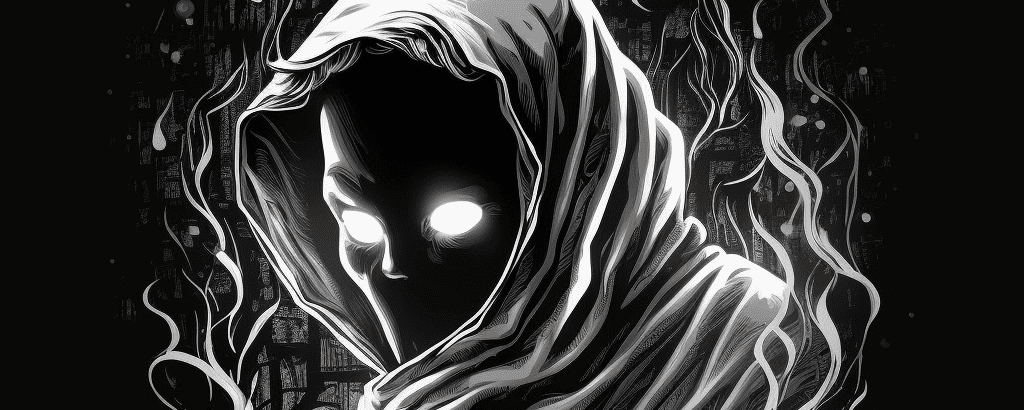
John William Polidori, an Italian-English physician and writer born in 1795, was a notable figure associated with the Romantic movement. As the eldest son of Gaetano Polidori, an Italian scholar, and Anna Maria Pierce, a governess, Polidori was exposed to intellectual pursuits from a young age. He received his medical degree from the University of Edinburgh in 1815 at the remarkably young age of 19. Polidori’s literary talents and connections led him to serve as personal physician to the renowned poet Lord Byron, embarking on a European tour with him in 1816.
During their travels, Polidori found himself in the company of other literary luminaries, including Mary Shelley and Percy Bysshe Shelley. It was during this time, at the Villa Diodati by Lake Geneva, that the idea for “The Vampyre” took shape. Inspired by a fragment of a story by Lord Byron, Polidori penned his own tale, which would go on to become the first vampire story in English literature. Originally published in April 1819 in the New Monthly Magazine, “The Vampyre” was falsely attributed to Lord Byron, likely to capitalize on his fame. This misattribution persisted for years, causing confusion over the true authorship of the story.
Polidori’s “The Vampyre” introduced several key features of the vampire archetype that would influence vampire literature for generations to come. Notably, his portrayal of Lord Ruthven, the titular vampyre, departed from the traditional folkloric depictions of vampires as grotesque creatures. Instead, Polidori’s vampyre was an aristocratic figure, seductive and charming, preying on high society. Lord Ruthven’s aristocratic allure, coupled with his predatory nature and mysterious aura, set the template for the modern vampire, ushering in a new era of vampire fiction characterized by sophistication and allure.
